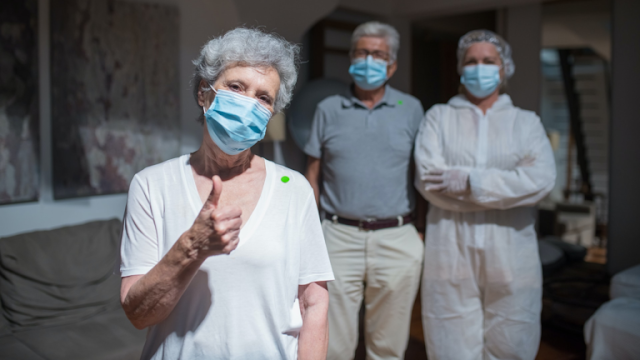
Losing a grandma, especially in teenage boys, can result in long-lasting depression.
4,897 predominantly low-income youngsters and their parents provided the data.
This loss is a "major risk factor for depression," according to authors.
Teenage boys exhibit a 50% rise in depressive symptoms up to seven years following their grandmother's passing.
In a recent Penn State study, researchers discovered a strong link between depression and the loss of a grandmother.
According to the study's findings, teenage guys were more likely than girls to experience depression.
The study, which was published in SSM - Mental Health, examined data from 4,897 children and parents, many of whom were from low-income families.
Teenagers who were not grieving a loss were shown to have depression symptoms that were only 50% as severe in adolescent boys up to seven years after the death of their grandmother.
According to the study's authors, it was vital for society to comprehend how big of a risk this loss constituted for developing depression.
related products
Study finds that optimism is essential for a long life. Air pollution increases mortality risk by 20%.
According to a study, human brains can reach around 41°C.
According to the study's authors, Ashton Verdery, Harry and Elissa Sichi Early Career Professor of Sociology, Demography, and Social Data Analytics at Penn State, "Just because these experiences are common does not mean the losses are not a source of great sadness for many, and possibly a risk factor for worse health outcomes among a subset of them."
In COVID-19, a few of the authors had been researching bereavement. According to the team's calculations, the pandemic caused the loss of a grandmother for approximately four million children and teenagers in America.
million children and teenagers in America.
In addition to facing school closures, social exclusion, and ensuing isolation, millions of young people are also mourning the loss of a grandparent.














